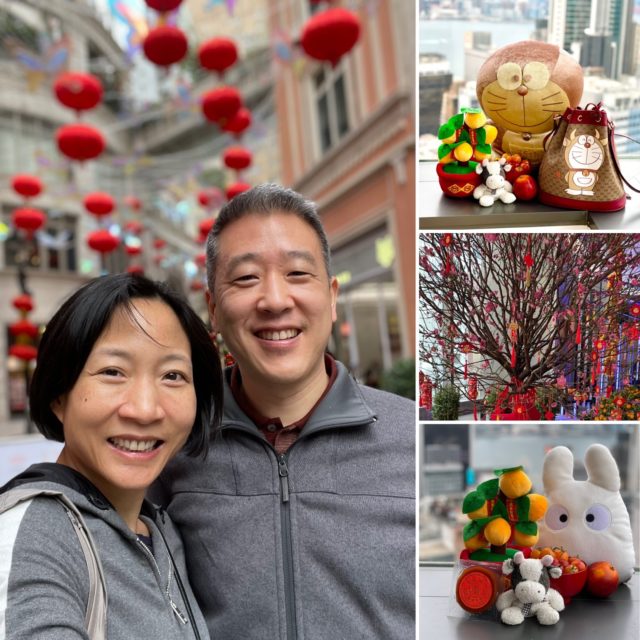
Happy Lunar New Year!
Crazy times indeed. Believe it or not, this is our first time actually spending Chinese New Year in Hong Kong! In the past we always took advantage of the longer holiday to travel. This year we are still stuck here, and thus decided to make the most of our time in Hong Kong during this very traditional Chinese holiday.
Orange Trees!
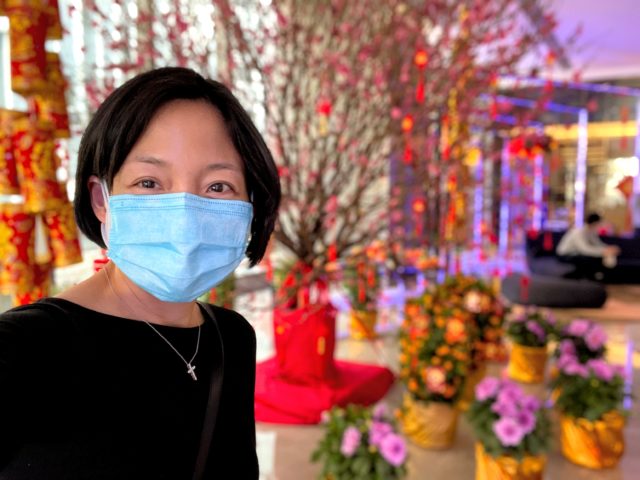
Hong Kong becomes a colorful, festive scene every Lunar New Year. Orange trees pop up seemingly overnight all around the city, often decorating business entrances. Meanwhile, families hang red banners with lucky four-word phrases on their doorways.
Why Orange Trees?
The word for kumquat in Cantonese 金桔 is pronounced "gam1 gat1". 金 is gold ("gam1") and 桔 (gat1) has the same pronunciation as 吉 (gat1) which means good luck. We discovered this orange tree custom is mainly a southern Chinese tradition, which makes sense, since the play on words doesn't work quite the same in other dialects.
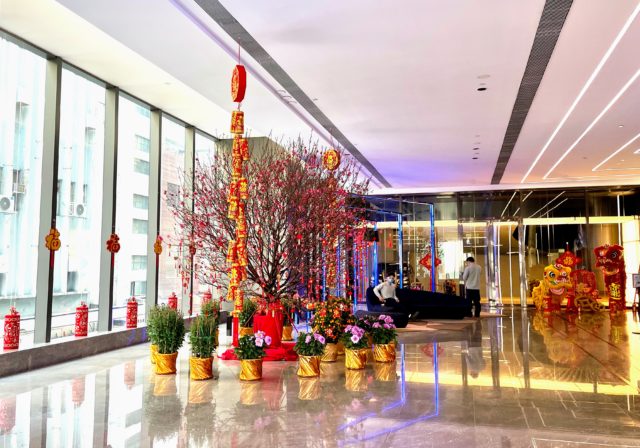
Above is what the lobby of my office looked like the last few weeks. Aside from oranges trees, pussy willow trees (often decorated with red envelopes) are also very popular in Hong Kong. The word for the pussy willow tree in Chinese (銀柳 yínliǔ) sounds a lot like money flowing in (銀流 yínliú), which explains their popularity during this time of year.
They are beautiful, and I personally enjoy seeing them a lot.
Because oranges symbolize so many good things, people like to give oranges to each other during this time of year. Gifting oranges is like blessing someone with wealth and luck (as explained above) and also success (orange 橙 chéng sounds just like success 成).
Even during a pandemic, orange trees are still all over the place. However, the size and scale of certain displays seem more muted this year, probably because the city wants to discourage large gatherings.
Hong Kong Snacks
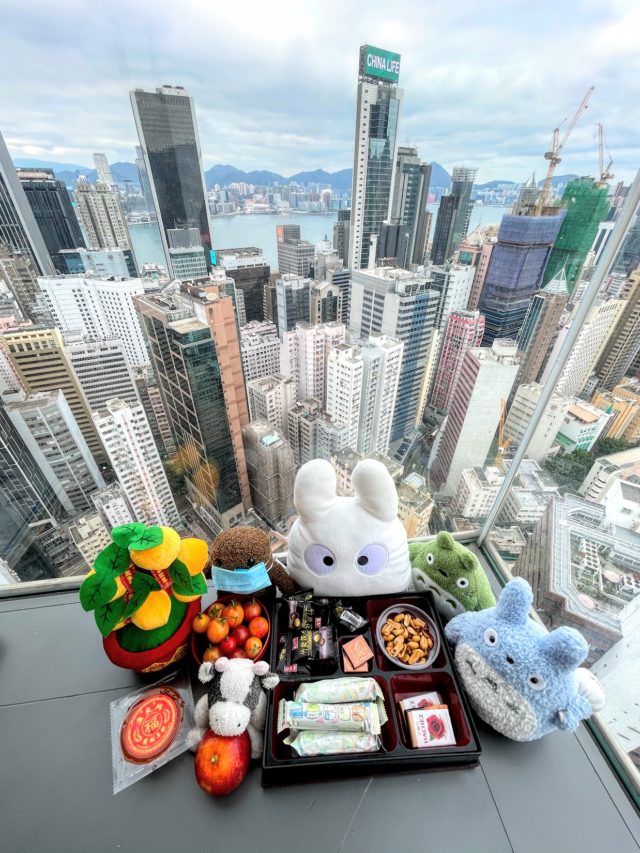
Usually when family members or other guests come visit your home during the New Year, you need to provide them with some New Year snacks and serve them tea.
We weren't going to prepare anything, but our Chinese teacher encouraged us to practice the tradition, so I pulled out a lacquered bento box that I had on hand (from Nice Yakiniku and Fine Wine delivery a few months back!) and filled it with some snacks.
We asked our local friends what kinds of snacks they ate growing up, and they mentioned things like pumpkin seeds, pistachios, Sugus candy, White Rabbit candy, and any chocolate wrapped to look like gold (Ferrero Rocher and Almond Roca seems especially popular). Fruit is also very popular, and you can't go wrong with oranges!
Red Envelopes 紅包 / 利是
We learned a lot about the custom of giving red envelopes after moving here. Previously, my experience with red envelopes had been limited. Every Chinese New Year my relatives would give my sister and me red envelopes (hong bao 紅包) full of clean, crisp US bills. When we got older it became less frequent, and after we got married, it pretty much stopped.
Hong Kong's Red Envelope Culture
In Hong Kong, the red envelope "lai see" culture is HUGE. Everybody heads to the bank a week or two before the new year to get crisp, clean bills. It's customary to give red envelopes to all sorts of people around you, such as the staff at the building, employees who work for you, your teachers, younger or unmarried relatives, and service providers.
We learned of certain rules, such as "don't give in amounts with the number 4 (四 sì) since it sounds like death (死 sǐ) in Chinese". My friend said "it's better to give two envelopes, each with a 20 dollar bill than stuffing two 20's (aka 40) into a single envelope."
I've slowly gotten the hang of it, and this year I'm all set with my red envelopes, ready to pass them out to all the hardworking people who keep our building running and our office running smoothly.
Digital Red Envelopes?
We have friends in Mainland China, and one unique red envelope culture over there that doesn't really exist in Hong Kong is digital red envelopes. Through WeChat, people send each other digital 紅包 hóngbāo of a certain amount, or they can send a "lucky draw" gift where a group of friends digitally "grab" for a piece of the fortune, doled out by the software in random apportionments. It's a fun game and is very popular on New Years Eve.
Now, more than ever, digital red envelopes seem to be the safer alternative. Even though Hong Kong has traditionally been a more "paper-based" society, this year even the Hong Kong Monetary Authority is encouraging people to give digital laisee to help the environment and to prevent the spread of disease.
Lunar New Year's Eve (年三十 or 除夕)
In a non-COVID world, families gather together for a large meal and various family sub-units visit each other in the subsequent days. Usually Hong Kong holds numerous festivals, celebrations, and fireworks, though this year most have been canceled.
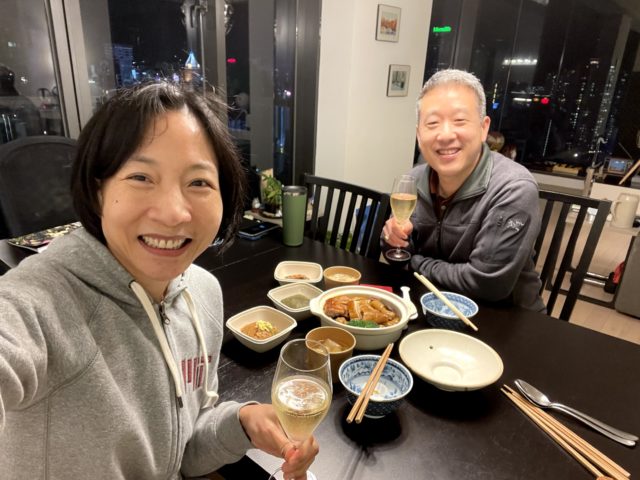
This year, the city exploded with delivery options for all kinds of New Year celebratory meals. We decided to try a very traditional Hong Kong dish called poon choi (盆菜). 盆 (poon4 or pén in Mandarin) means a huge bowl or basin. This seafood-focused banquet dish consists of ingredients piled up layer by layer, with the least expensive ingredients (usually root vegetables, like daikon, lotus root) on the bottom layer, mushrooms and tofu in the middle layer, and high quality meats and seafood at the top layer. The key is the flavor of the rich sauce, whose flavor infuses many of the more neutral ingredients, such as sea cucumber, daikon radish, tofu, and other ingredients.
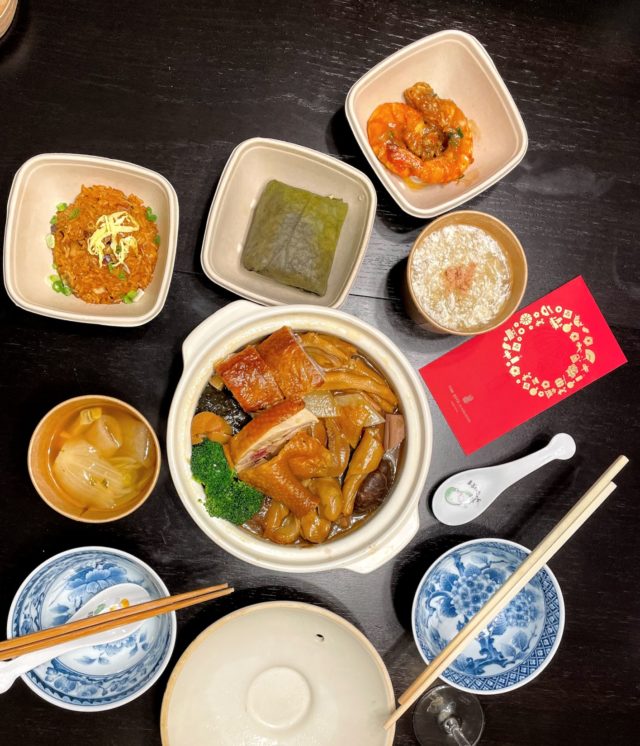
The History of Poon Choi
The dish arose from the walled villages in the New Territories of Hong Kong from the 13th to the 17th centuries. Because poon choi involves such a large bowl and HUGE portions, it is typically reserved for large celebrations. Though it stayed within the villages for most of its history, it had a resurgence in popularity in Hong Kong after the handover of Hong Kong to China in 1997, as locals caught between two identities sought out something uniquely "Hong Kong". Poon choi, which came purely from HK villages and had virtually no Western influence, became a symbol of that.1
Poon Choi Delivery in Times of Covid
These days, many many restaurants all around the city offer their own versions of poon choi, and it seems especially popular during Chinese New Year.
After doing some online research, we found a place that offered a smaller poon choi meal for two that looked pretty good (HKD1888 including a poon choi, two soups, appetizers and rice dishes). We ordered delivery from the Ritz Carlton in Tsim Sha Tsui, who offered free delivery within 3km and then HKD350 to Hong Kong Island where we were living.
The poon choi was rich and flavorful, full of all sorts of high end Cantonese delicacies inside, such as abalone, sea cucumber, goose web, scallops, and clams. Though vegetables are placed at the bottom (you only want to serve your guests the best!), they were among my favorite, and I personally loved the sauce-infused, deeply flavorful lotus roots. My other favorites included the abalone, the sea cucumber, and the tendon.
We could only finish about half, so we're all set for another meal. The poon choi set for two can actually feed 3-4 people.
Lunar New Year's Day
The word for cake 糕 (gou1 in Cantonese or gāo in Mandarin)sounds just like 高 (gou1, gāo respectively) the word for "tall" or "high". As a result, cakes such as New Year Cake (年糕 nin4 gou1 or niángāo), water chestnut cake (馬蹄糕, maa5 tai4 gou1 or mǎtígāo), and turnip cake (蘿蔔糕, lo4 baak6 gou1 or luóbo gāo) are especially popular during this time of year.
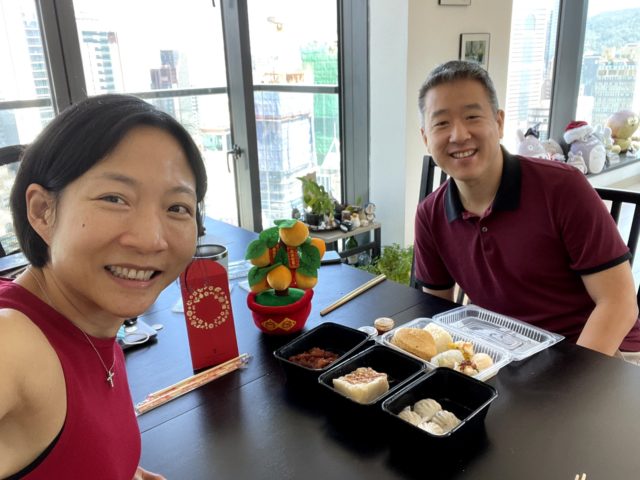
We enjoyed turnip cake at lunch (dim sum delivery!), and bought both water chestnut cake and New Year cake at a local shop to enjoy for dessert sometime during this holiday weekend.
Per our own Taiwanese family traditions, we decided to have a hot pot on the New Year (though we went with a yin yang Sichuan mala spicy and mild clam broth hot pot!).
Happy Lunar New Year! Or as the say, happy "niu" 牛 year of the ox!
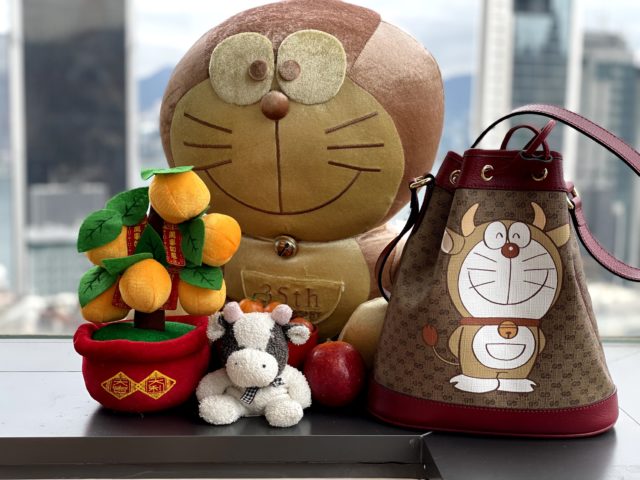
1 Pun Choi is Purely Hong Kong by Amy Ma, March 27, 2009 Wall Street Journal

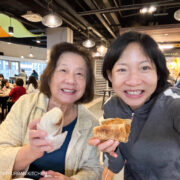
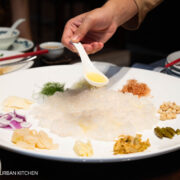
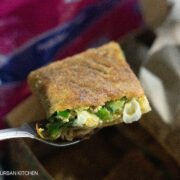
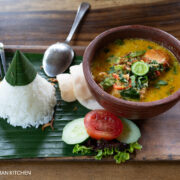



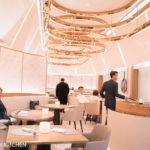
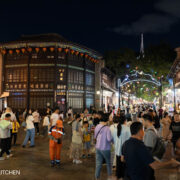
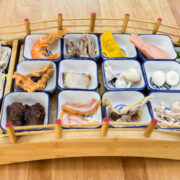
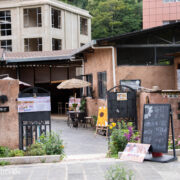


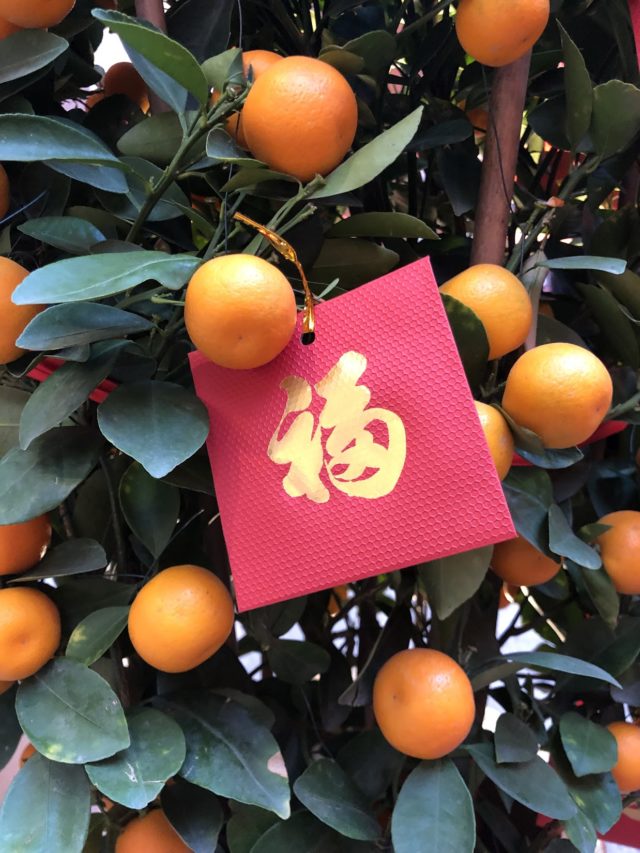
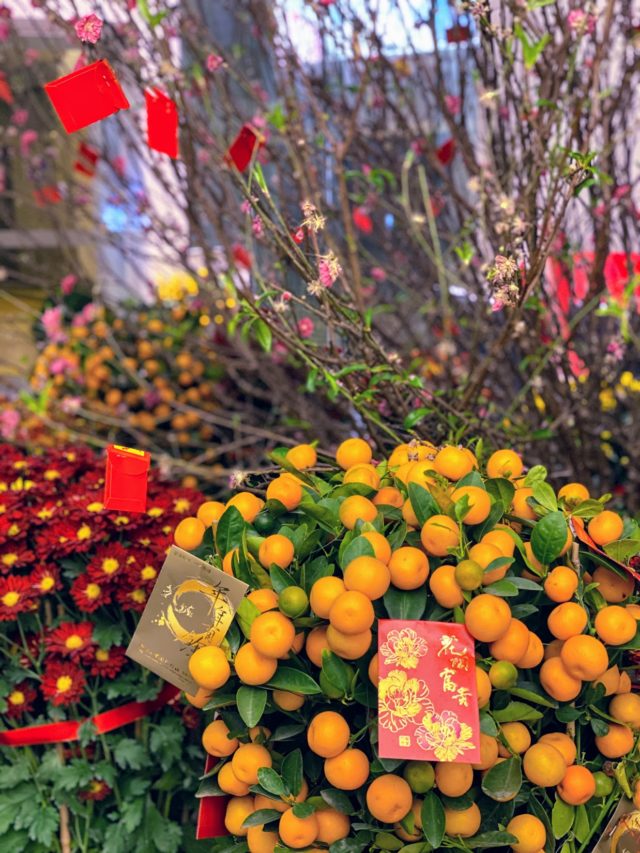
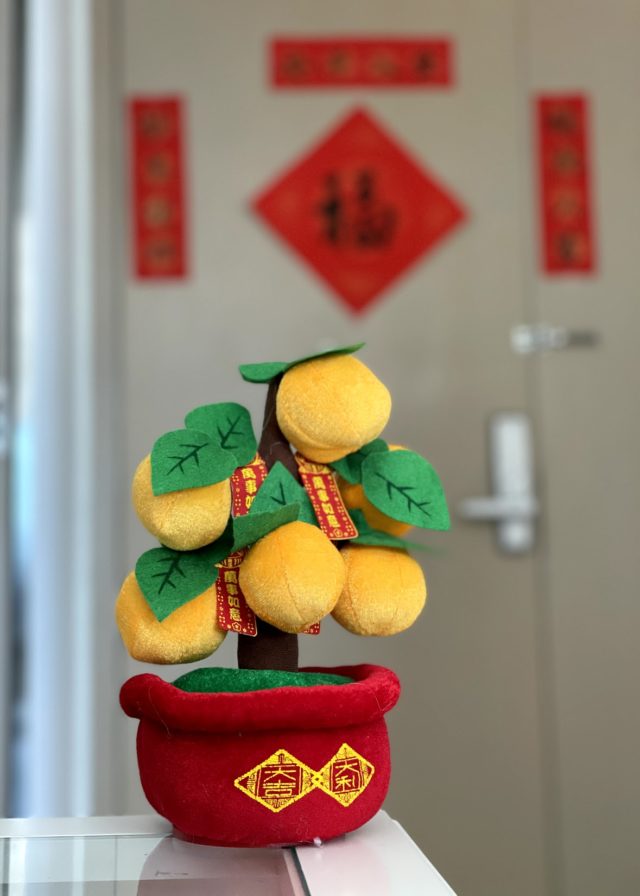
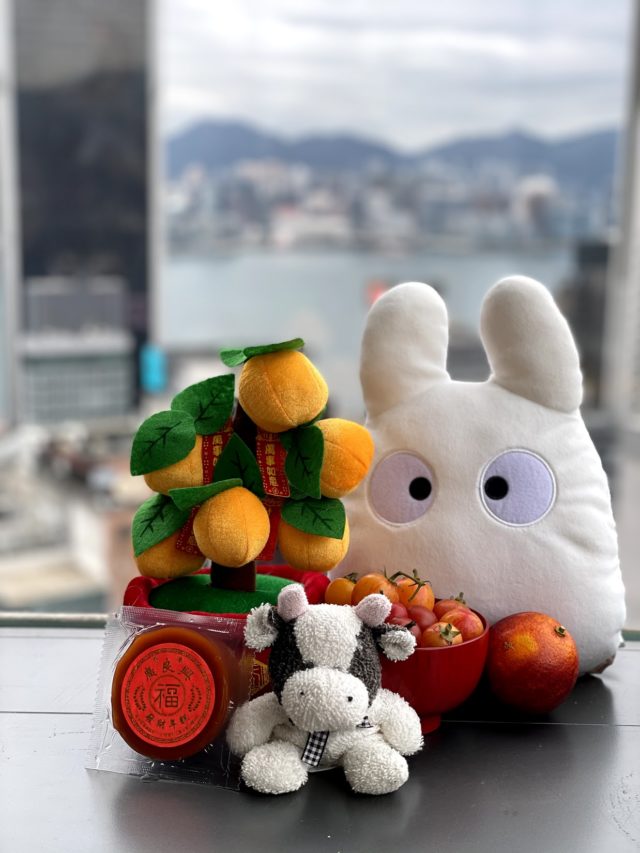
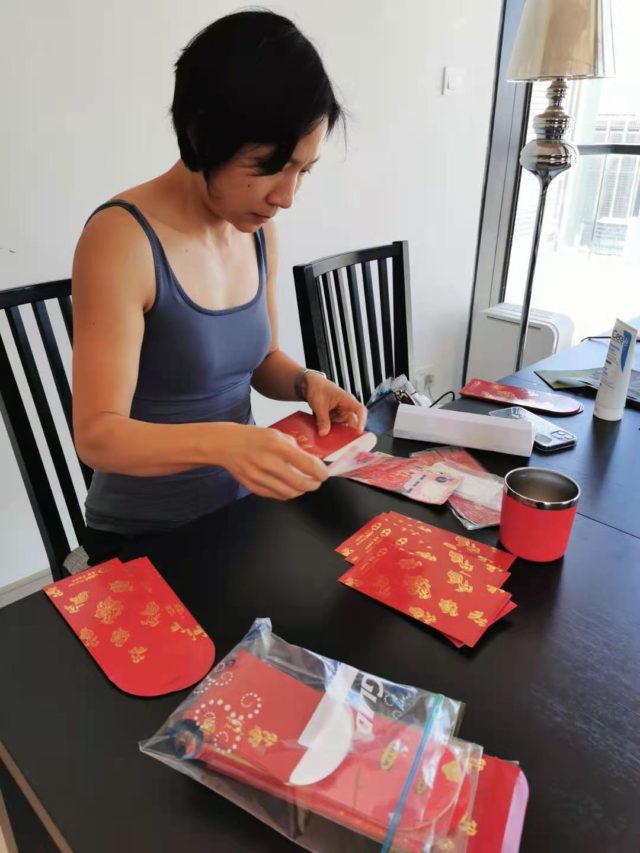
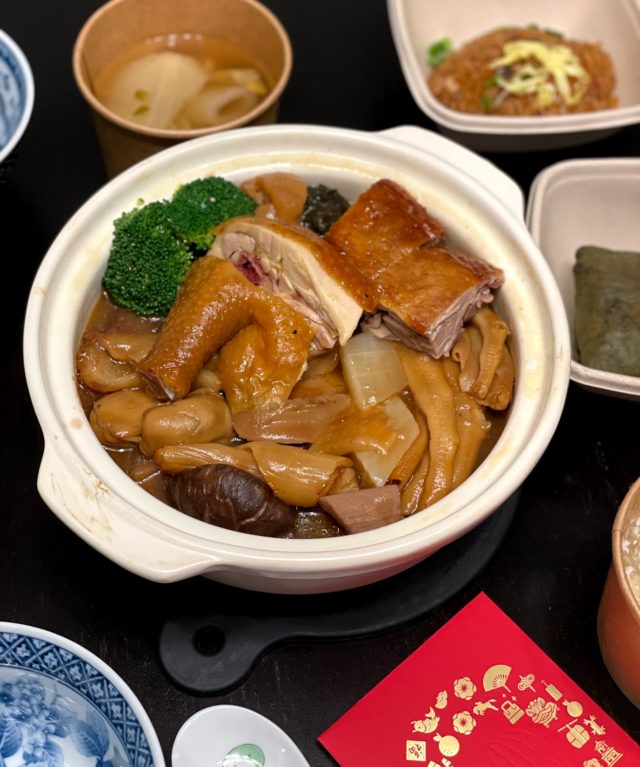
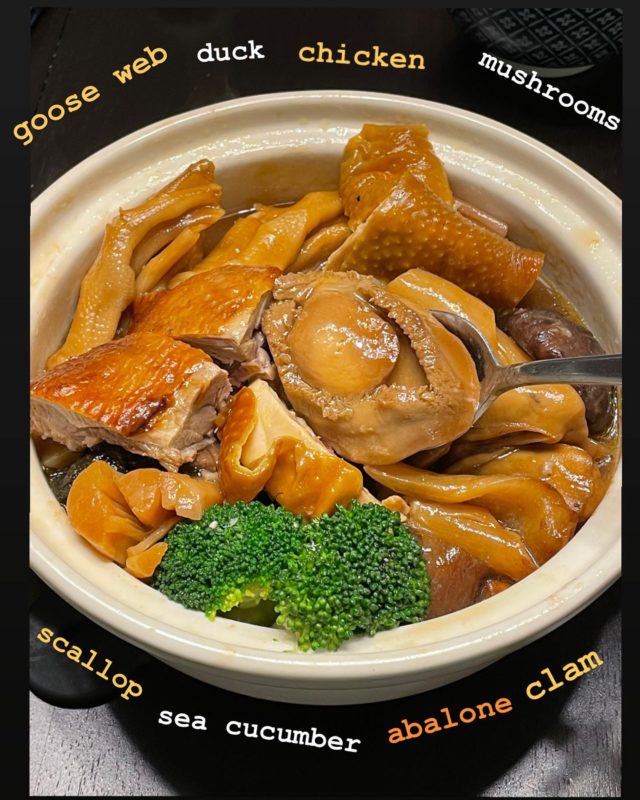

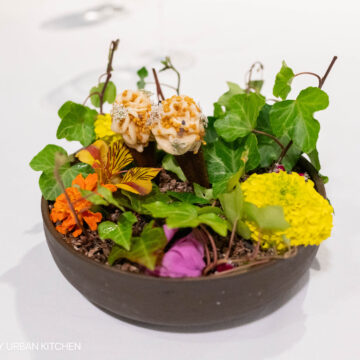


[…] post Happy Lunar New Year – a Different Celebration During an Unusual Year appeared first on Tiny Urban […]